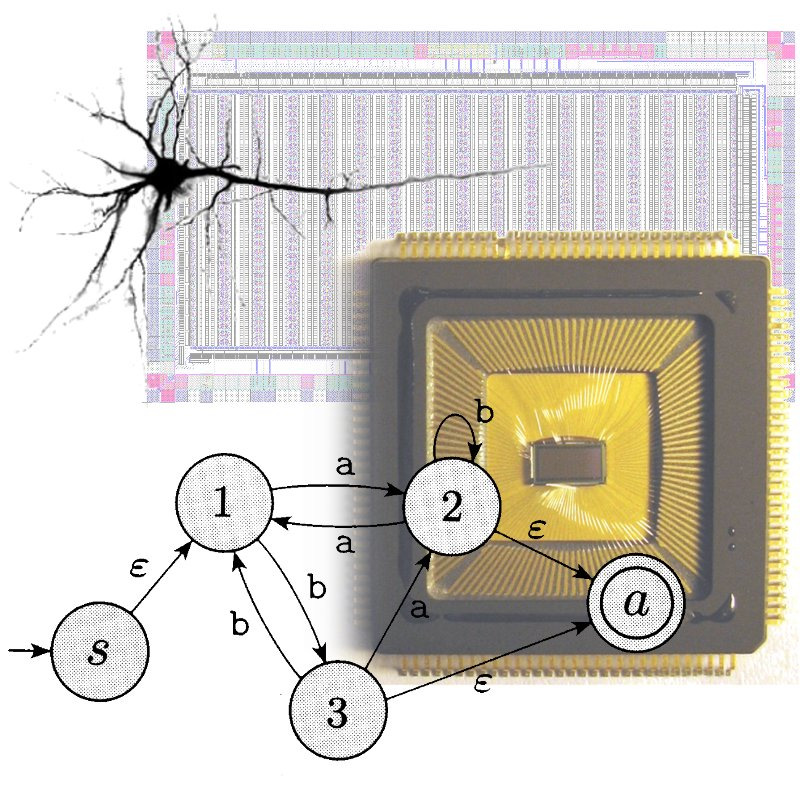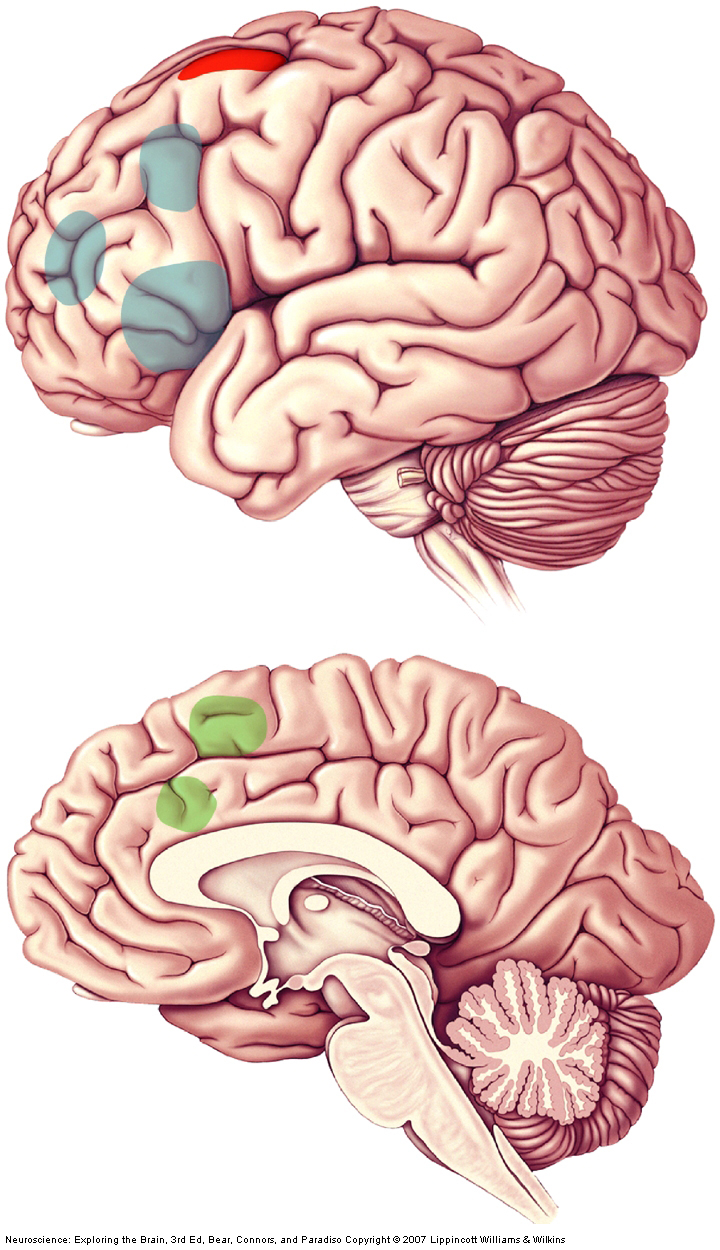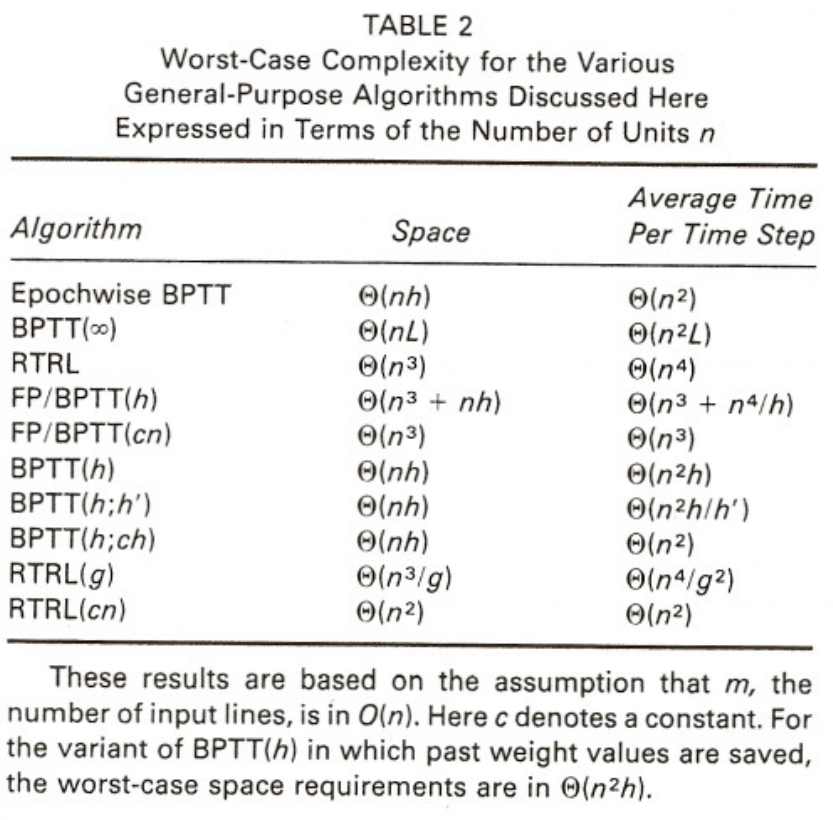PGI-15 Tutorial
Recurrent Neural Networks
02.11.2023 | Emre Neftci, Susanne Kunkel, Jamie Lohoff, and Willem Wybo
Recurrent Neural Networks and Working Memory
Working Memory:
- A type of short-term memory
- Rapid & selective updating, robust maintenance
- Task- and sensory modality-dependent
- Necessary for cognitive control
O'Reilly and Frank, 2006
Human brain areas for working memory of face identity and location

Example Tasks

Examples: Depending on the output structure, different problems can be solved:
- Many-to-one: Classification, Sentiment analysis
- Many-to-many: Machine translation
- One-to-many: Image captioning
- One-to-one: Time series prediction
Complexity of Gradient-Based Algorithms in RNNs
- $n$ number of neurons
- $L$ number of time steps
- $h$ representing the number of prior time steps saved (truncation)

Williams and Zipser, 1995